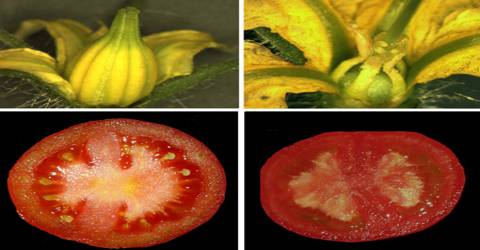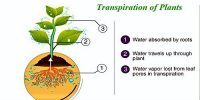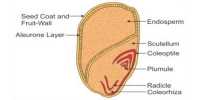Parthenocarpy: A fruit is any fertilized ovary that has developed and matured. In some cases, ovaries may develop into fruits without the fertilization of ovaries. Parthenocarpy in plants is a relatively unusual condition but it does occur in some of our most common fruit.
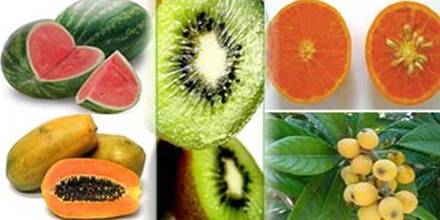
The process of development of fruits from ovaries having unfertilized eggs (female sex cells) is said to be parthenocarpy. In some species of plants, a different method has developed, requiring either no fertilization or no fertilization and no pollination. Example: Pineapples, figs etc.
Parthenocarpic fruits: Fruits that develop from ovaries having unfertilized ova (female sex cells) are said to be parthenocarpic fruits. The fruit resembles a normally produced fruit but is seedless. Varieties of the pineapple, banana, cucumber, grape, orange, grapefruit, persimmon, and breadfruit exemplify naturally occurring parthenocarpy.
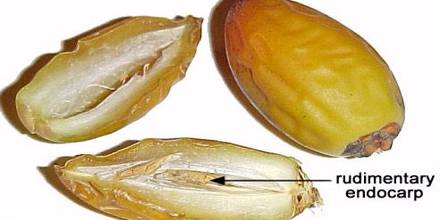
Example– Banana. Seeds of Parthenocarpic fruits do not get maturity as the fruits remain unfertilized.
This type of fruit can be possibly formed by applying auxin externally if the ovaries fail to develop by any natural cause. At present, parthenocarpic fruits are being produced by the application of dilute hormone sprays to flowers. Now a days, seedless tomatoes, grapes, cucumber etc are produced by the application of auxin. Seedless fruits are economically very important.
